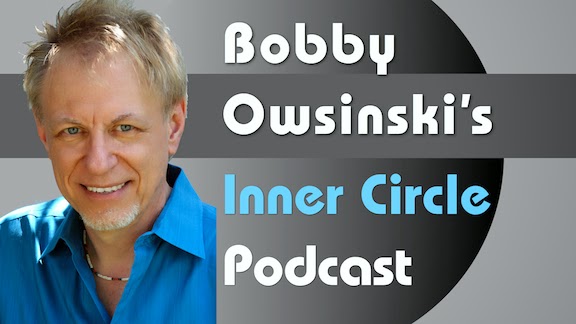We hear the terms "groove" and "pocket" a lot in music, but what do they really mean? Here's an excerpt from my
Music Producer's Handbook that outlines exactly what a groove and pocket are, and more importantly, how to find them.
"All good music, regardless of whether it’s rock, jazz, classical, hip hop or some new space music that we haven’t heard yet, has a strong groove. You always hear about “the groove”, but what is it?
The Groove Is The Pulse Of The Song
How The Instruments Dynamically Breathe With It.
To your audience, the groove is an enjoyable rhythm that makes even the people that can’t dance want to get up and shake their booty. And while the concept of "the groove" is very subjective, the idea is well-understood by experienced musicians at a practical, intuitive level. Funk and latin musicians refer to the groove as the sense of being "in the pocket", while jazz players refer to the groove as the sense that a song is really "cooking" or "swinging”.
A common misconception of a groove is that it must have perfect time. A groove is created by tension against even time. That means that it doesn’t have to be perfect, just even, and all performances don’t have to have the same amount of “even-ness”. In fact, it makes the groove feel stiff if they’re too perfect. This is why perfect quantization of parts and lining up every hit in a workstation when you’re recording frequently takes the life out of a song. It’s too perfect because there’s no tension. It’s lost its groove.
Just about every hit song has a great groove and that’s why it’s a hit, but if you want to study what a groove really is, go to the masters - James Brown, Sly Stone, Michael Jackson, George Clinton and Prince. Every song is the essence of what a groove feels like.
We usually think of the groove as coming from the rhythm section, especially the drums, but that’s not necessarily always the case. In The Police’s Every Breath You Take, the rhythm guitar establishes the groove, while in most songs by the Supremes, Temptations and Four Tops from Motown’s golden age, the groove was established by James Jamerson’s bass.
How To Find The Pocket
The phrase "in the pocket" is used to describe something or someone playing in such a way that the groove is very solid and has a great feel. When a drummer keeps good time, makes the groove feel really good, and maintains it for an extended period of time while never wavering, this is often referred to as a “deep pocket.” It should be noted that it’s impossible to have a pocket without also having a groove.
Historically speaking, the term "pocket" originated in the middle of the last century when a strong backbeat (the snare drum striking on beats 2 and 4) became predominant in popular music. When the backbeat is slightly delayed creating a "laid back" or "relaxed feel", the drummer is playing in the pocket.
Today, the term "in the pocket" has broadened a bit, suggesting that if two musicians (usually the bass player and the drummer) are feeling the downbeats together and placing beat one (the downbeat) at the exact same time, they are said to be "in the pocket." Whether you are playing ahead (in front) of the beat, or behind (on the back) of the beat, or right on top (middle) of the beat, as long as two musicians (i.e. bassist and drummer) feel the downbeat at the same time, they'll be in the pocket.
In terms of bass and drums locking to create a cohesive part, there are three areas of focus for me. You have to know where your drummer is most comfortable in terms of the beat. Is your drummer very "straight," playing right on top of the beat (which can sound like Disco music or a quantized drum machine)? Is he or she laid back, sitting in that area way on the back back of the beat (like Phil Rudd does on AC/DC’s Back In Black, anything by Led Zeppelin’s John Bonham, or Clyde Stubblefield on James Brown’s Cold Sweat or Funky Drummer)? Does your drummer's playing have that urgency of a musician who plays on top of the beat (like Stewart Copeland of The Police)? This is crucial to know because the bass and drums have to function as a unit. They don't have to play everything the same, but they have to know and understand the way the other thinks and feels.
Getting the rhythm section to groove with the rest of the band is much more difficult than you might think since guitarists don't always listen to the drummer, a keyboardist may have metronomic time yet have a difficult time coordinating his/her left hand with the bass player, and vocalists will often forget that there's a band playing behind them altogether. The key is for everyone in the band to listen to one another!
Many people feel that the question is not so much what the pocket is as much as how you know when you've achieved it, yet I guarantee that you’ll know it when you feel it because the music feels like it’s playing itself. It feels as if everything has merged together with all the rhythmic parts being played by one instrument. Whichever definition you choose to go with or use, having a pocket is always good thing!"
To read additional excerpts from The Music Producer's Handbook and my other books, go to the excerpts section of bobbyowsinski.com.
----------------------------------




